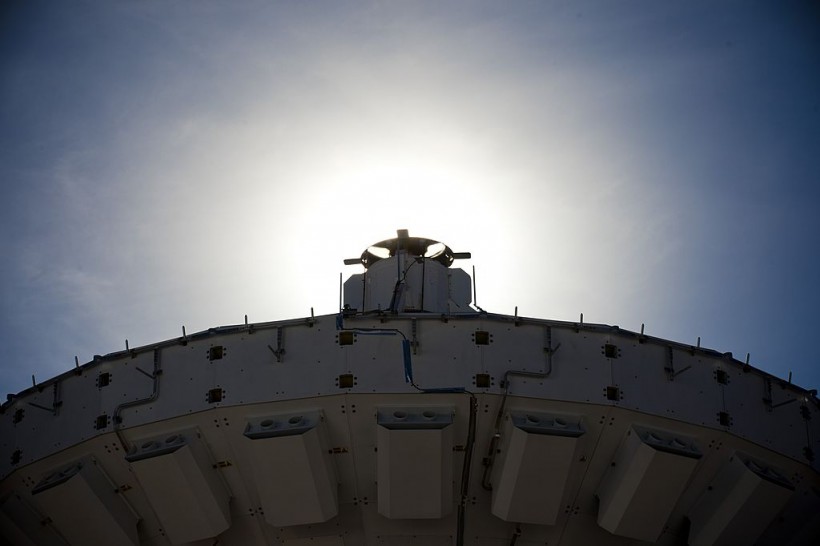Astronomers from Houston, Texas-based Rice University recently said that rings have been observed surrounding many Sun-like young distant stars.
As specified in a Mail Online report, long before the formation of planets in the solar system, the sun had rings akin to those surrounding Saturn, not to mention, they may have prevented Earth from getting any larger.
Made up of gas and dust, the said rings possibly revolved around the young sun and portrayed a vital role in the Earth's formation, possibly preventing it from growing into a type of world called "Super-Earth" that has been discovered in 30 percent of star systems.
According to André Izidoro, the study's author, in the solar system, something took place to stop the Earth from Growing to turn into a much bigger type of terrestrial planet.
Izidoro and his colleagues utilized a supercomputer to simulate the formation of the solar system hundreds of times for better insight into how it happened.
ALSO READ: Hubble Space Telescope Found Two Interacting Galaxies 200 Million Light-Years Away

A radio telescope antenna of the ALMA (Atacama Large Millimeter/submillimeter Array) project, in the Atacama desert, some 1500 km north of Santiago, on March 12, 2013.
Production of Rings
The researchers' model produced rings and devotedly reproduced various characteristics of the solar system a lot of previous models used but required rings surrounding the young sun.
The research published in Nature Astronomy involved a group of astronomers, astrophysicists, and planetary researchers, drawing on the most recent research on the "infant star systems."
The model developed assumes the early solar system comprised three bands of high pressure within the disc. Such pressure pumps have been observed in ringed stellar disks surrounding distant stars.
They discovered that pressure pumps and rings can account for the architecture of the solar system seen today, which includes the "Super Earth" worlds' absence.
'Super Earths'
Izidoro explained, if super-Earths are extremely typical, "why don't we have one in the solar system?" The study authors have proposed that pressure bumps generated disconnected the disk material's reservoirs in both the inner and outer solar system. They also controlled the amount of material available for the planet's growth in the inner solar system.
Researchers have forecasted for the last few decades that dust gas in protoplanetary discs slowly turned less dense, declining smoothly as a function of distance from the star.
Nonetheless, previous computer simulations exhibit planets are not likely to form under certain circumstances. According to astronomer and study co-author Andrea Isella, "in a smooth disk, all solid particles, dust grains or boulders" need to be drawn inward very rapidly and lost in the star.
Moreover, as particles move more rapidly than the gas surrounding them, they feel a breeze and drift very fast towards the star.
At the pressure bump points within the disc, there is an increase in gas pressure. More so, molecules move more rapidly and solid particles cease from feeling the gust, he explained.
According to Isella, astronomers have observed pressure bumps and protoplanetary disc rings with ALMA or the Atacama Large Millimeter/submillimeter Array.
ALMA Radio Telescope
Alma, which is detailed in a NASA report, is a gigantic 66-dish radio telescope that occurred online in Chile in 2013. This device can capture very sharp images of the early planetary systems that are still in formation, and it has been discovered that numerous protoplanetary disks in these such systems are characterized by rings, explained Isella.
The study author added, the impact of the pressure bump is that it gathers dust particles, and that's the reason the researchers see rings. Such rings are areas where more dust particles are seen than in the gaps in-between rings.
Related information about Super-Earth is shown on What If's YouTube video below:
RELATED ARTICLE: First High-Resolution Imaging Captures Asteroid Thermal Emission Through NASA's ALMA Telescope
Check out more news and information on Space in Science Times.














